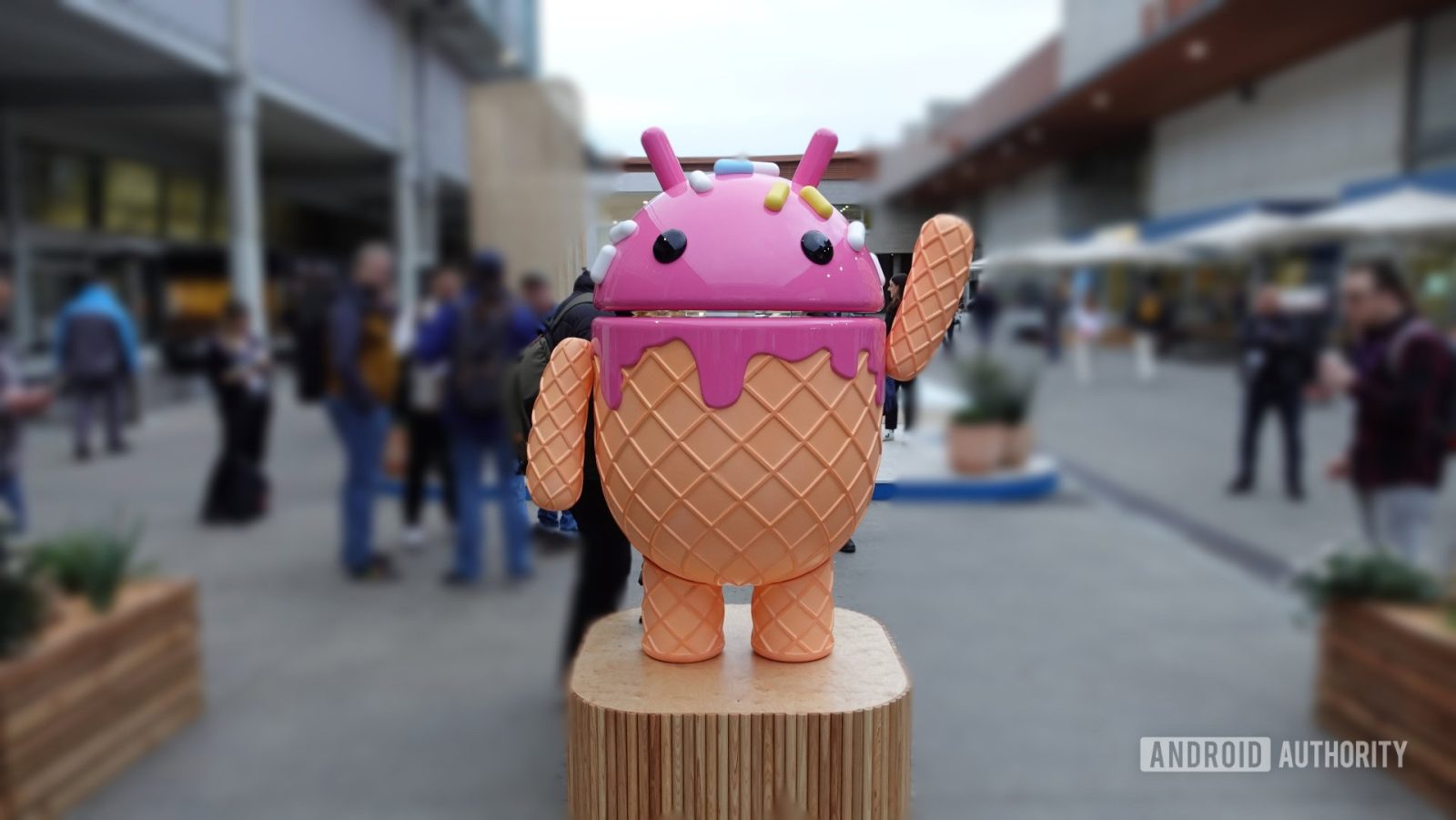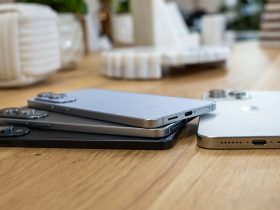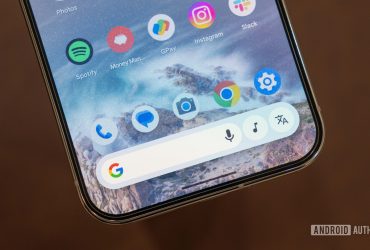Google’s Latest Android Stats Reveal The Consequence Of 15’s Glacial Deployment


Adamya Sharma / Android Authority
TL;DR
- Google has published its latest breakdown of how many devices are running which versions of Android.
- Android 16 has yet to even appear on the radar, and Android 15 has only hit a 4.5% share.
- Android 14, meanwhile, has seen huge growth to hit over 27% of of devices worldwide.
Android 16 Beta 4 landed last week for the Pixel testing community. Android 15 is rolling out now to Samsung devices with the distribution of One UI 7. Keep up with headlines like these, and you could easily get the impression that Android users everywhere are basking in the creature comforts of Google’s latest, greatest mobile platform releases. In reality, though, the vast majority of us are running Android 14, Android 13, or even some depressingly older editions. This week we’re getting our latest peek into just what that breakdown looks like.
Google no longer shares its Android distribution statistics in the nice, predictable fashion it had in the platform’s earlier days, but if we’re lucky, once or twice a year the company will run the numbers and update the figures it provides through Android Studio — after all, devs using that tool want to be sure they’re targeting their efforts towards the broadest slices of users. Now 9to5Google has spotted some new data incoming.
The last time Google updated this list was back at the end of July, when Android 14 had a 13% share of the market. In the months since, not only did Android 15 arrive late, but it’s been slow to make its way to existing hardware, and that’s reflected in these new numbers.
What we’re looking at reflects Android installations across devices globally, as seen by the Play Store over the course of a week. While it’s not quite been a full year yet, Android 15 penetration is a far cry from what Android 14’s looked like, with last year’s platform release still not on even 5% of devices.
Last time, Android 10–14 dominated our stats, each with 13–20% of the share. And while that’s still more or less the case with Android 13 and below (even as Android 10 drops a few more points), Android 14’s share has positively ballooned. It seems pretty apparent at even a cursory glance here that this is a consequence of slow Android 15 uptake.
Considering Samsung’s share of the Android market, and how One UI 7 has really only just started making its presence felt, it’s likely this balance will shift considerably as we get into summer, with Android 14’s numbers finally starting to drop. But even then, Google’s new timetable for Android development may mean that we never quite see this Android 14 lead diminish, and even as more devices launch with 15 out of the box, this extra-large slice of the pie could persist for years to come.
Hopefully we’re not waiting quite as long for Google’s next update to these numbers, as a look later in 2025 once Android 16 hits stable could prove very interesting.
Got a tip? Talk to us! Email our staff at [email protected]. You can stay anonymous or get credit for the info, it’s your choice.
What’s your reaction?
Love0
Sad0
Happy0
Sleepy0
Angry0
Dead0
Wink0









Leave a Reply
View Comments